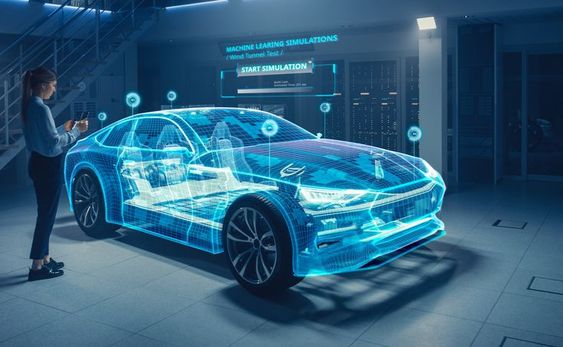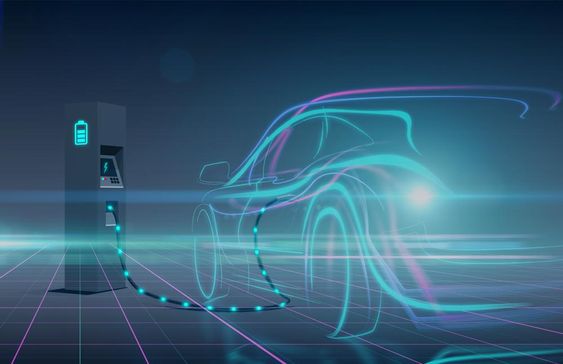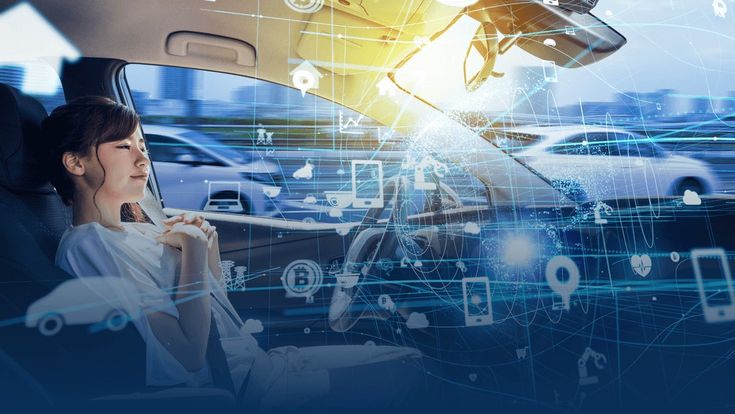Introduction:
The world of transportation is undergoing a dramatic shift, driven by the rapid development of autonomous vehicles (AVs). These self-driving cars, trucks, and even buses promise to revolutionize how we move, offering increased safety, efficiency, and accessibility. While still in their early stages, AVs are making significant strides, with advancements in technology and infrastructure paving the way for their widespread adoption.

This article delves into the latest advancements in autonomous vehicles, exploring the key areas of progress and the challenges that remain. From sensor technology and artificial intelligence to regulatory frameworks and public perception, we'll examine the factors shaping the future of this transformative industry.
Sensor Technology and Perception:
One of the most critical aspects of autonomous driving is the ability to perceive the environment accurately. AVs rely on a sophisticated suite of sensors, including:
- LiDAR: Light Detection and Ranging (LiDAR) uses lasers to create a 3D map of the surroundings, providing precise distance measurements.
- Cameras: Cameras capture visual information, enabling the vehicle to identify objects, traffic signs, and other road features.
- Radar: Radio Detection and Ranging (Radar) uses radio waves to detect objects, even in low-visibility conditions.
- Ultrasonic Sensors: Ultrasonic sensors emit sound waves to detect nearby objects, providing short-range proximity information.
These sensors work together to provide a comprehensive understanding of the vehicle's environment, enabling it to make informed decisions about navigation and safety.
Artificial Intelligence and Machine Learning:
At the heart of autonomous driving is artificial intelligence (AI) and machine learning (ML). These technologies enable AVs to:
- Process Sensor Data: AI algorithms analyze the vast amount of data collected by sensors, identifying patterns and making predictions.
- Plan Routes: AI-powered navigation systems optimize routes, considering traffic conditions, road closures, and other factors.
- Make Driving Decisions: AI algorithms make real-time decisions about steering, acceleration, braking, and other driving maneuvers.
- Learn from Experience: ML algorithms continuously learn from driving data, improving the vehicle's performance over time.
As AI and ML continue to advance, AVs will become increasingly sophisticated and capable of handling complex driving scenarios.
Regulatory Frameworks and Public Perception:
The widespread adoption of autonomous vehicles requires a robust regulatory framework to ensure safety and address ethical considerations. Governments around the world are working to develop regulations that:
- Define Standards: Establish clear standards for AV technology, testing, and deployment.
- Address Liability: Determine liability in the event of accidents involving AVs.
- Promote Public Trust: Build public confidence in AV technology through education and transparency.
Public perception is also crucial to the success of AVs. Addressing concerns about safety, job displacement, and privacy is essential to gain public acceptance.
Conclusion:
The advancements in autonomous vehicles are rapidly transforming the transportation industry. From sensor technology and AI to regulatory frameworks and public perception, significant progress is being made. While challenges remain, the future of AVs holds immense potential for improving safety, efficiency, and accessibility. As technology continues to evolve and regulations are established, we can expect to see a gradual but transformative shift towards a future where autonomous vehicles play a central role in our daily lives.





